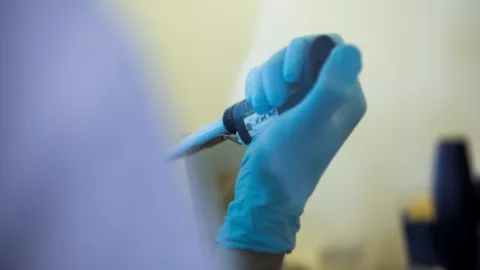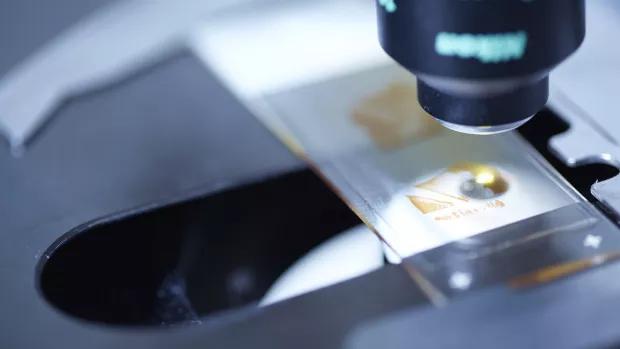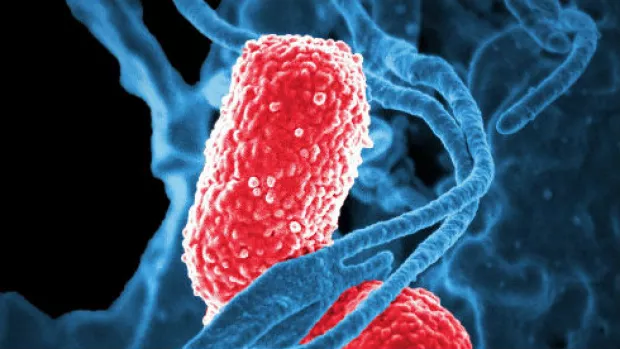
Molecule can help to repair myelin in mice
Researchers have found a small molecule plays a key role in helping the brain to repair some damage common in MS.
Mice with an MS-like condition that were treated with a synthetic piece of this molecule, called microRNA, experienced regrowth of the myelin coating around damaged nerves.
Unblocking pathways to repair
MicroRNA helps turn genes on and off in different cells.
Previous research found that one piece of microRNA, called miR-219, was missing in damaged nerves. This study looked at the effect of deleting miR-219 in healthy mice and giving it to mice with damaged myelin.
Researchers have shown that miR-219 is essential to stop other molecules from shutting down the work of these important myelin-producing cells. One of the molecules that stops these cells making myelin is Lingo1.
Door to new treatments
Researchers will now try to create molecules that behave like miR-219 and can be developed into treatments. However, they stressed their study was in mice and cannot be applied directly to humans at this stage.
Dr Sorrel Bickley, our Head of Biomedical Research, said: “Being able to repair the protective myelin coating around nerve cells could be absolutely key if we are to stop MS for everyone. This is an insightful study that shows us more ways that we might achieve this.
“MS is an unpredictable condition and currently there are no treatments that can repair damaged myelin. We’re committed to changing this and are investing in some exciting projects in this area.”



